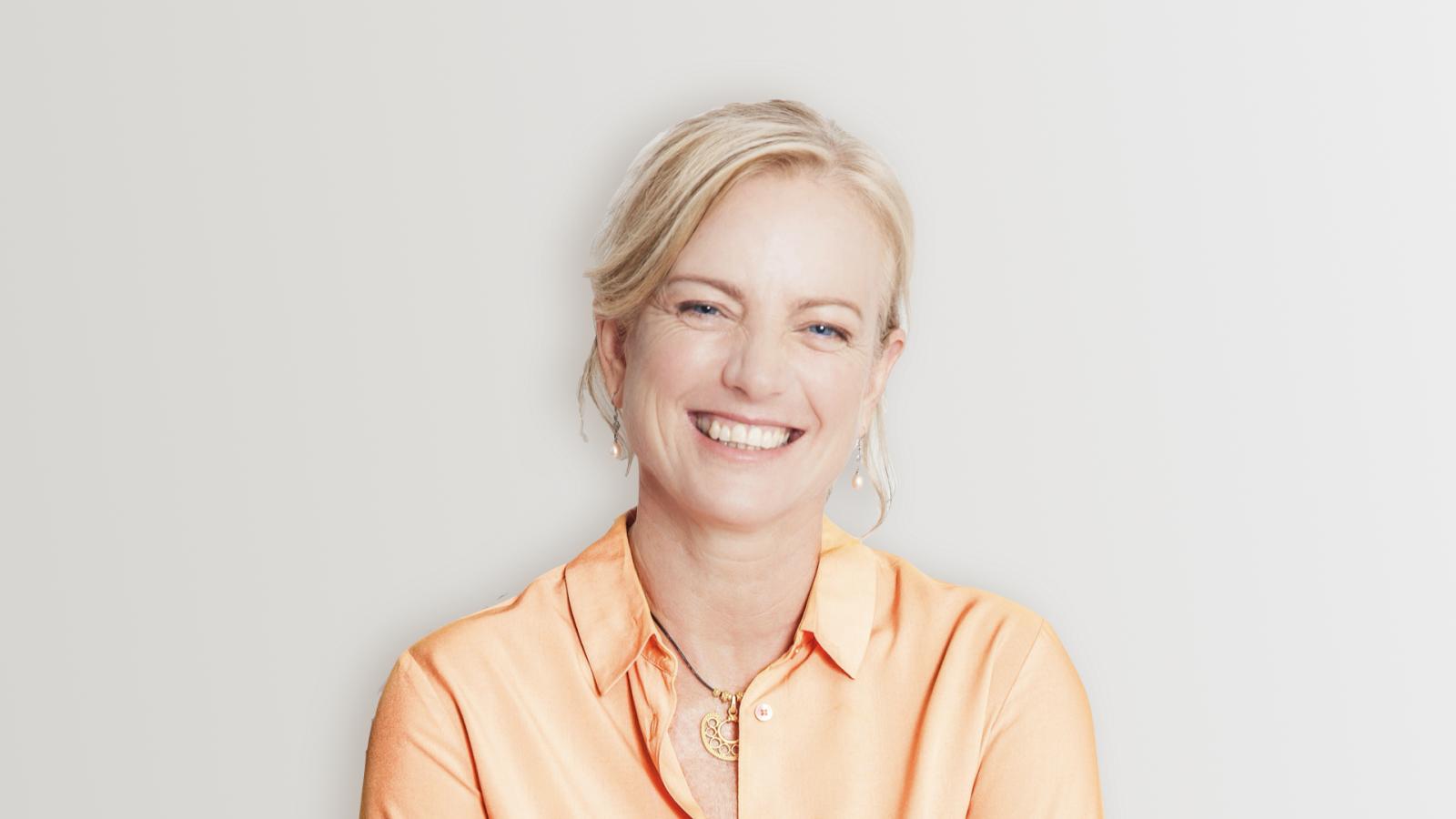On May 12, the Istituto Nazionale di Fisica Nucleare (INFN), Elettra Sincrotrone Trieste and the International Centre for Synchrotron-light for Experimental Science and Applications in the Middle East (SESAME) signed a scientific collaboration agreement. Aim of this cooperation is the development and implementation of Italian technology for the radio-frequency cavities for SESAME’s storage ring – radio-frequency cavities serve to re-supply the electrons with the energy they lose when emitting synchrotron light.
“SESAME is an ambitious project for the construction of the first synchrotron light source in the Middle East,” explains Giorgio Paolucci, scientific director of SESAME. “Today there are 12 synchrotrons in Europe (and a total of about 60 in the world) but none in the Middle East, although the need for them was recognized by eminent scientists such as the Pakistani Nobel Laureate Abdus Salam about 30 years ago”. The Centre, which is intergovernmental, brings together Bahrain, Cyprus, Egypt, Iran, Israel, Jordan, Pakistan, Palestinian Authority and Turkey (the Members), thus providing an extraordinary example of collaboration between entities with very diverse cultural, political and religious backgrounds.
"Perhaps the most significant feature of this project is that politics does not in any way interfere in the scientific research," says Paolucci.
The project was born in the late nineties, thanks to the efforts of several scientists in and outside the region. These scientists proposed to use components of the BESSY I light facility in West Berlin, which was being decommissioned, to set up a synchrotron light source in the Middle East (following the re-unification of Germany it was decided to build a larger particle accelerator in East Berlin). The project then evolved and though a few of the BESSY I components, which have been greatly upgraded, are being used, SESAME is constructing a completely new 2.5 GeV storage ring, thus making it a state-of-the-art research centre.
In addition to Members, SESAME also has some observer countries, among which a number of countries from Europe (France, Germany, Greece, Italy, Portugal, Russia, Sweden, Switzerland and the United Kingdom) but also from other regions (Brazil, China, Japan, Kuwait, and the USA). These countries play an important role in SESAME, one of which is putting their know-how and technology at the disposal of the Centre. In the case of Italy, for example, it has contributed with the donation of some accelerator parts that became surplus to requirements, and through INFN, the Ministry of Education, University and Research is providing 1 million euros from its 2013 budget for the joint construction by INFN, Elettra Sincrotrone Trieste and SESAME of new radio-frequency cavities for SESAME’s storage ring. These cavities are to be built in the framework of the scientific collaboration agreement signed between the three institutes in May 2014. Moreover, in a statement made by the representative of the Minister of Education, University and Research at the meeting of the SESAME Council held on the premises of the Laboratori Nazionali di Frascati (LNF) in May 2014, SESAME was informed that Italy will be providing €1 million more in 2014, and that this could possibly be repeated in the future. All this makes Italy an important partner in the project.
But for which areas of research will SESAME be used? “The spectrum of research will be very large,” Paolucci explains, “and this will not only be for basic research, but also advanced experimental research, such as studies of advanced radiology and dental implants, or applications in cultural heritage, particularly archaeology. Anyway, appetite comes with eating. There is no doubt that when the laboratory becomes operational, there will be a large variety of proposals.”
In the meantime, however, the four areas of research are:
- studies of protein crystallography;
- cellular analysis using the infrared spectrum, which allows us to study the distribution of proteins within a cell;
- research on the reactions of rock materials under extreme pressure and temperature conditions;
- study of the absorption spectra to determine the levels of pollution of soil and air.
”With regard to the schedule for the laboratory to become operational, despite an initial small delay, we now expect the plant to be ready for first use at the beginning of 2016,” said Paolucci. “In any case, what we want right now is to develop a feeling of confidence in the project, so that the laboratory may serve the needs of the scientific community in the Middle East and neighbouring countries, which has a great deal to offer in terms of science.”

